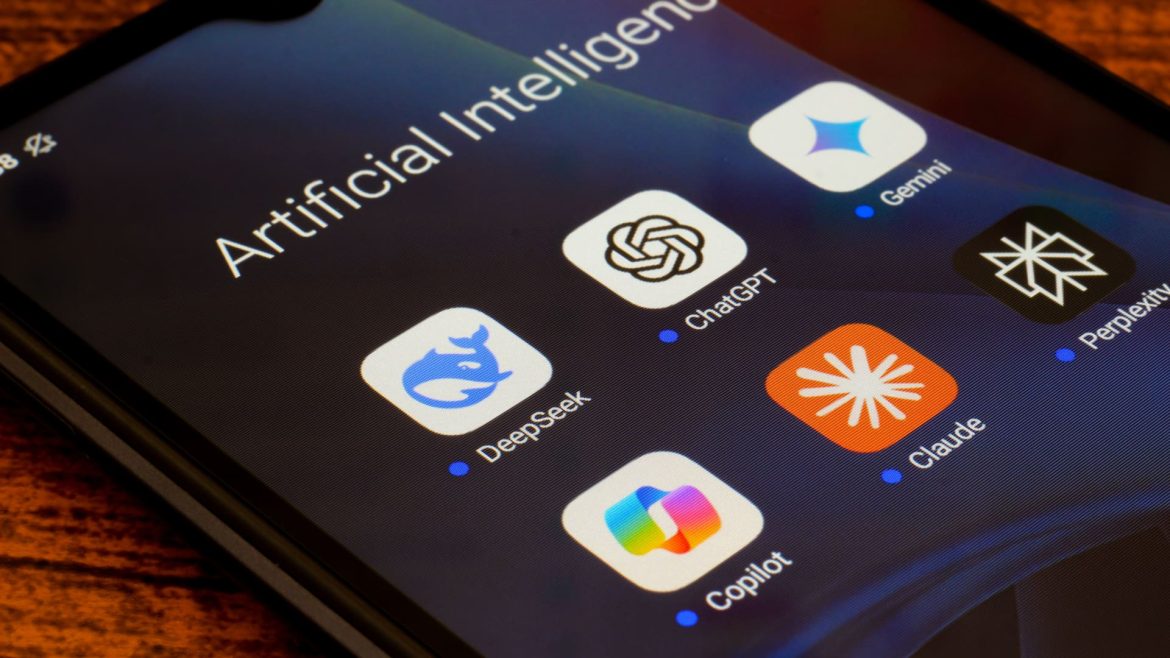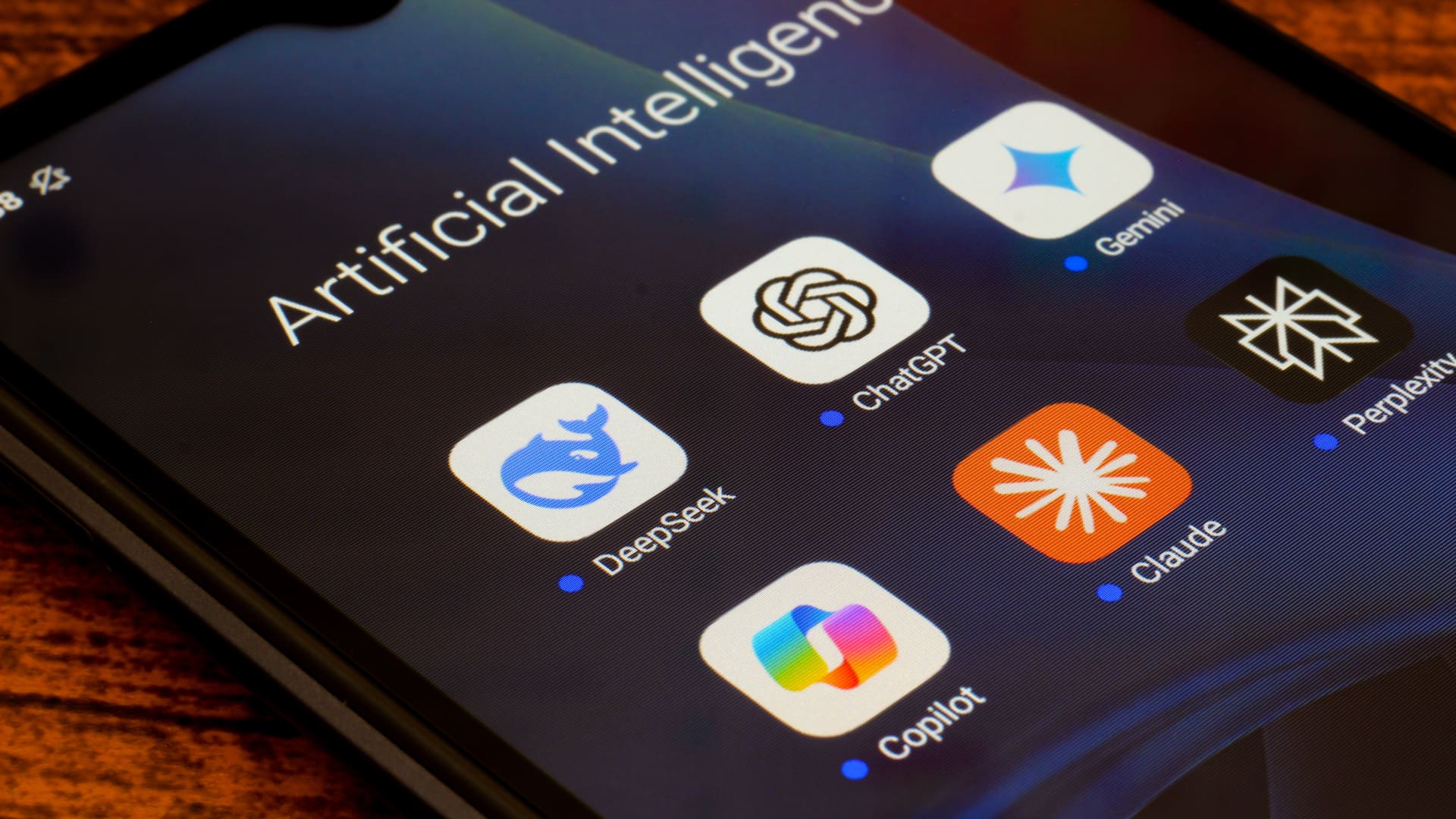The echoes of pickaxes striking gold veins in the Californian hills of 1849 reverberate today in a digital landscape. But instead of gold, the glittering prize is artificial intelligence. This isn’t a slow, steady trickle of progress; it’s a full-blown gold rush, a frenzied scramble to stake a claim in the burgeoning AI frontier. From tech giants to nimble startups, everyone is vying for a piece of the action, fueled by the promise of transformative technologies and staggering financial rewards. But is it truly a gold rush, and if so, how can companies – and individuals – navigate this volatile terrain to strike it rich?
The current AI frenzy isn’t sudden. It’s the culmination of years of research, development, and increasing computational power. The tipping point arguably arrived with the public debut of OpenAI’s ChatGPT, a chatbot demonstrating AI’s power to process data and interact in ways previously confined to science fiction. This sparked widespread interest and triggered a surge in AI adoption across industries. McKinsey’s report highlights this surge, emphasizing how AI is no longer a futuristic concept but a present-day reality for many businesses globally.
The sheer scale of investment underscores the magnitude of this gold rush. In 2024 alone, over $56 billion flowed into GenAI startups. This massive influx of capital is driving innovation, accelerating research, and fueling competition as companies race to develop and deploy AI solutions. The global AI market is projected to reach a staggering $826 billion by 2030, making dominance in this space the ultimate prize.
However, defining ‘AI’ is crucial. The term encompasses a broad spectrum of technologies, from narrow AI focused on specific tasks to the aspirational goal of Artificial General Intelligence (AGI), a system with human-level cognitive abilities. Much of the current “gold rush” revolves around specific applications of AI, particularly in areas like natural language processing, computer vision, and machine learning.
Panning for Profit: Opportunities in the AI Ecosystem
The AI gold rush presents a wealth of opportunities for businesses and individuals alike. These opportunities span diverse sectors and roles, from developing core AI technologies to applying them in innovative ways.
Developing AI Infrastructure
The foundation of the AI revolution lies in robust infrastructure. This includes developing advanced silicon chips, powerful data centers, and efficient AI model training frameworks. Companies providing these essential building blocks are poised to reap significant rewards. For instance, NVIDIA’s GPUs have become indispensable for AI training, while cloud providers like AWS and Google Cloud offer scalable infrastructure for AI deployment. The demand for specialized hardware and software solutions is expected to grow exponentially, creating lucrative opportunities for tech companies and startups alike.
Building AI Applications
AI isn’t valuable in a vacuum. Its true potential is realized when applied to solve real-world problems. This presents a vast landscape of opportunities for developing AI-powered applications across various industries, from healthcare and finance to manufacturing and entertainment. For example, AI-driven diagnostic tools are revolutionizing healthcare by enabling early detection of diseases, while AI-powered chatbots are transforming customer service by providing instant, personalized support. The key to success in this area lies in identifying specific pain points and developing AI solutions that address them effectively.
Data Monetization
AI models are only as good as the data they are trained on. Organizations with access to large, high-quality datasets are uniquely positioned to monetize this valuable asset by licensing it to AI developers or using it to create their own AI-powered products. For instance, companies like Bloomberg and Reuters have vast repositories of financial data that can be leveraged to train AI models for predictive analytics and investment strategies. Similarly, social media platforms like Facebook and Twitter possess troves of user-generated content that can be used to train AI models for natural language processing and sentiment analysis.
AI Consulting and Integration
Many companies lack the in-house expertise to effectively adopt and integrate AI solutions. This creates a growing demand for AI consultants and system integrators who can help organizations navigate the complexities of AI implementation. Consulting firms like Accenture and Deloitte have already established dedicated AI practices, offering services ranging from strategy development to implementation and optimization. The demand for AI consulting services is expected to grow as more companies seek to leverage AI to gain a competitive edge.
Upskilling and Education
The AI gold rush has created a significant skills gap. Individuals who acquire expertise in AI-related fields, such as machine learning, data science, and AI ethics, will be highly sought after in the job market. Educational institutions and online platforms are responding to this demand by offering specialized courses and certifications in AI. For example, Coursera and edX provide AI-related courses from top universities, while bootcamps like General Assembly and Flatiron School offer intensive training programs. Investing in upskilling and education is crucial for individuals looking to capitalize on the AI boom.
Fool’s Gold: Risks and Challenges in the AI Rush
Like any gold rush, the AI boom is not without its perils. The pursuit of quick riches can lead to reckless decisions, inflated valuations, and ultimately, disappointment. Understanding these risks is crucial for avoiding the pitfalls and maximizing the chances of success.
The Data Exhaustion Problem
AI models require vast amounts of data for training. However, a recent study suggests that the supply of publicly available, human-written data for training AI language models may be exhausted by the end of the decade. This potential “data exhaustion” problem could significantly hinder the future development of AI. To mitigate this risk, companies must invest in data collection, curation, and augmentation techniques. Synthetic data generation and data sharing initiatives can help alleviate the pressure on existing data sources.
The “Model Collapse” Phenomenon
As AI models are increasingly trained on data generated by other AI models, they can become prone to a phenomenon known as “model collapse.” This occurs when the quality of the training data degrades over time, leading to a decline in the accuracy and reliability of the AI models. To prevent model collapse, it’s essential to diversify training data sources and incorporate human oversight in the data generation process. Regular model evaluation and validation can also help detect and address signs of model collapse early on.
Ethical Concerns and Bias
AI systems can perpetuate and amplify existing biases in the data they are trained on, leading to unfair or discriminatory outcomes. Addressing these ethical concerns and ensuring fairness and transparency in AI systems is crucial for building trust and avoiding negative societal impacts. Companies must prioritize ethical AI principles, such as fairness, accountability, and transparency, in their AI development and deployment processes. Implementing bias detection and mitigation techniques can help ensure that AI systems are fair and unbiased.
The Hype Cycle and Overvaluation
The AI gold rush has fueled a significant amount of hype, leading to inflated valuations for some AI companies. This creates a risk of a potential market correction, where overvalued companies are exposed and investors suffer losses. To avoid falling victim to the hype cycle, investors and companies must conduct thorough due diligence and focus on long-term value creation rather than short-term gains. Diversifying investments and maintaining a balanced portfolio can help mitigate the risks associated with the hype cycle.
Lack of Trustworthy AI
Organizations are recognizing the importance of building long-term AI adoption and capabilities through trustworthy AI implementation and a focus on data and processes. Trustworthy AI involves ensuring that AI systems are reliable, secure, and aligned with human values. Companies must invest in robust AI governance frameworks, including data privacy, security, and ethical guidelines. Building trust in AI systems is essential for fostering widespread adoption and acceptance.
Striking It Rich: Strategies for Success in the AI Era
Navigating the AI gold rush requires a strategic approach, focusing on long-term value creation rather than short-term gains. Companies and individuals can increase their chances of success by following these key principles:
Focus on Real-World Problems
The most successful AI applications are those that solve tangible problems and deliver measurable value. Avoid chasing after the latest AI trends and instead focus on identifying specific needs and developing AI solutions that address them effectively. For example, AI-powered predictive maintenance systems can help manufacturers reduce downtime and improve operational efficiency, while AI-driven personalized learning platforms can enhance educational outcomes. By focusing on real-world problems, companies can ensure that their AI investments deliver tangible benefits.
Build Strong Data Foundations
High-quality data is the lifeblood of AI. Invest in building robust data infrastructure, ensuring data quality, and implementing effective data governance policies. Companies must establish data management practices that ensure data accuracy, consistency, and security. Leveraging data lakes and data warehouses can help organizations store and manage large volumes of data efficiently. Additionally, implementing data quality frameworks can help ensure that the data used for AI training is reliable and accurate.
Embrace Ethical AI Principles
Prioritize ethical considerations in AI development and deployment. Ensure fairness, transparency, and accountability in AI systems to build trust and avoid negative consequences. Companies must establish ethical AI guidelines and ensure that their AI systems are designed and deployed in a manner that respects human rights and values. Implementing bias detection and mitigation techniques can help ensure that AI systems are fair and unbiased. Additionally, companies must be transparent about the limitations and potential biases of their AI systems to build trust with users and stakeholders.
Foster a Culture of Innovation
Encourage experimentation, learning, and collaboration within your organization. Create an environment where employees are empowered to explore new AI technologies and develop innovative solutions. Companies must foster a culture of innovation by providing resources and support for AI research and development. Encouraging cross-functional collaboration can help break down silos and foster innovation. Additionally, companies must be open to failure and learn from their mistakes to drive continuous improvement.
Focus on Talent Development
Invest in training and upskilling programs to equip your workforce with the skills needed to thrive in the AI era. Companies must provide ongoing training and development opportunities to help employees stay up-to-date with the latest AI technologies and best practices. Establishing mentorship programs and providing access to online learning platforms can help employees develop the skills and knowledge needed to succeed in the AI era. Additionally, companies must foster a culture of continuous learning and encourage employees to pursue professional development opportunities.
The Legacy of the Rush: Beyond the Gold
The AI gold rush is more than just a fleeting moment in technological history. It represents a fundamental shift in how we interact with technology and how we solve problems. While the initial frenzy may eventually subside, the long-term impact of AI will be profound and far-reaching. The key is not simply to chase the gold, but to understand the underlying dynamics of this transformative technology and to build sustainable, ethical, and valuable solutions that benefit society as a whole. As the AI gold rush matures, it will transition into a phase of strategic adoption, characterized by widespread integration of AI tools and the commoditization of Large Language Models. This phase will demand a focus on creating value, building trust, and addressing the ethical challenges that AI presents.
The Real Treasure: Building a Sustainable AI Future
In the end, the real treasure of the AI gold rush won’t be the billions of dollars made or the market dominance achieved. It will be the lasting impact of AI on our lives, the innovative solutions that improve our world, and the creation of a future where technology empowers us to achieve our full potential. The AI gold rush is a powerful force, but it’s up to us to guide it responsibly and ensure that its legacy is one of progress, innovation, and shared prosperity. By focusing on ethical AI principles, fostering a culture of innovation, and investing in talent development, companies and individuals can navigate the AI gold rush successfully and build a sustainable AI future.





